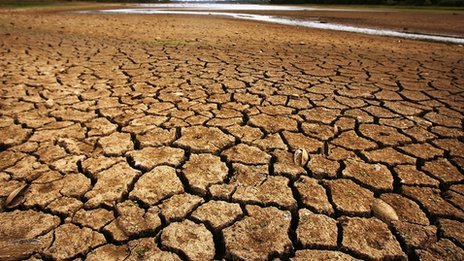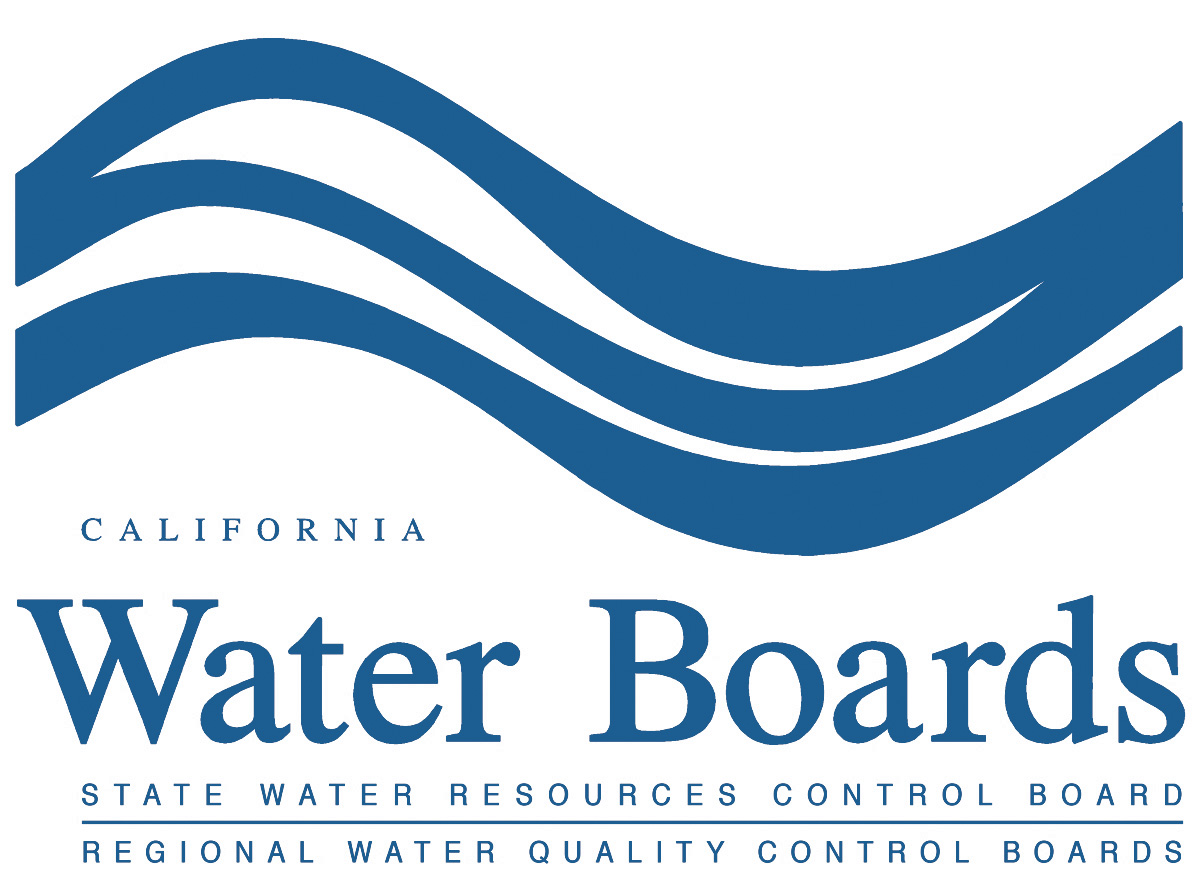Remembering The Good Years of Plenty of Surface Water for Growers
By Patrick Cavanaugh, AgInformation Network
Remembering the good years in agriculture and water, before the delta smelt was on the endangered species list. Mario Santoyo served as Assistant Manager for 30 years on their Friant Water user’s authority and has been fighting for water for decades.
“I remember the good years. I was around during those days, but I’ve now lived through what is now the hard years,” said Santoyo.
“The unfortunate fact is that there will no longer be good years, it will only be worse years because, for those folks that think it’s bad right now, they’re wrong. It’s going to get worse,” noted Santoyo.
And with the Sustainable Groundwater Management Act, things are going to get worse.
SGMA is structured in such a way that there was a decision to give water districts local control, and Groundwater Sustainability Agencies (GSAS) were formed.
Santoyo said the California Water Board allowed the local water agencies to do their thing. “But they said that if the agencies don’t do it right, the state of California will take over.
“And the way it’s structured is that there’s a high probability that most GSAs are going to fail, which is going let the state through the door and once the state gets their hands-on regulating water, it’s goodbye in terms of having any kind of control on the usage of water,” said Santoyo. “So, things will only get worse, as we move through time,” he said.
Santoyo said the only thing we can do is invest in water storage.


















